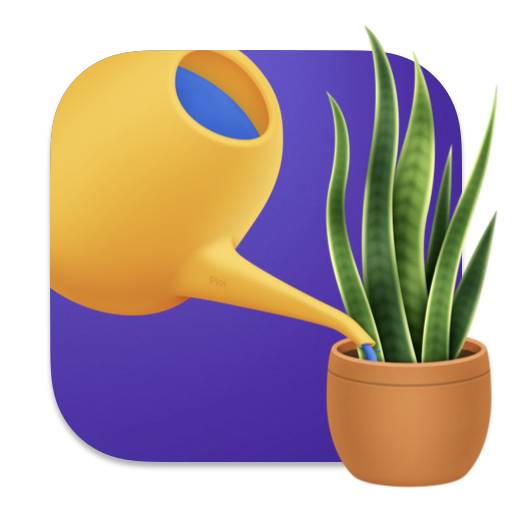Saccharum officinarum aka Sugarcane
Taxonomy ID: 1815
Saccharum officinarum, also known as sugar cane, is a large, strong-growing perennial grass native to Southeast Asia that has been cultivated in tropical and subtropical countries worldwide for the production of sugar, ethanol and other products. It grows to about 15-20’ tall and prefers consistently moist, but well-drained soil in full sun. A heavy feeder, it is best grown in a wide container/pot and is fast-growing. About 70% of the world's sugar is produced from S. officinarum and its hybrids, making it one of the most productive and intensively cultivated kinds of sugarcane. It is noted for its high number of calories per sq. ft. of growing area and is invasive in many tropical locales.
Common names
Sugarcane, Noble Sugarcane, Ka'aruushi, Noble CaneMore information about Sugarcane
How difficult is it to take care of Sugarcane
Sugarcane requires a bit more attention and knowledge to thrive, making it a suitable plant for those with some gardening experience.
What is the growth pattern and size of Sugarcane?
The Sugarcane is a clumping species, with new growth arising from the soil surrounding the parent plant.
What is the region of origin of Sugarcane
Sugarcane’s native range is Originated in cultivation.
What are the water needs for Sugarcane
Sugarcane should be watered regularly, allowing the soil to dry out between waterings.
What is the right soil for Sugarcane
Sugarcane loves a well-draining soil. Perlite and vermiculite help with drainage, while coco coir adds organic matter, so a good potting soil mix will have all three. You can improve store-bought soil by adding some perlite to it.
What is the sunlight requirement for Sugarcane
Sugarcane requires abundant, bright and direct light. Placing it less than one foot from a window is the best way to make sure the plant receives enough light to survive and thrive. Depending on your region, however, the current weather can affect the placement of the plant in your home. For example, in some areas the sun may be too direct and intense, so it's best to place it farther away from the window. You may also need to adjust your placement according to the season as the sunlight can change intensity over the course of the year. If you live in a region with significant temperature fluctuations, such as a desert, you may need to place the plant a bit farther away from the window to avoid extreme heat or cold. With some care and attention, your Sugarcane will be sure to bring you many years of beauty and enjoyment.
Is Sugarcane toxic to humans/pets?
Ploi does not possess verified information regarding the toxicity of this particular plant. In the event that you, a member of your family, or a pet ingests plant material with an unclear toxicity level, it is highly recommended to seek the advice of a medical professional.
What seasonal care does Sugarcane need?
During the cold period, it is common for Sugarcane to go dormant and their growth may slow down, so waterings should be spaced out more during this period.



